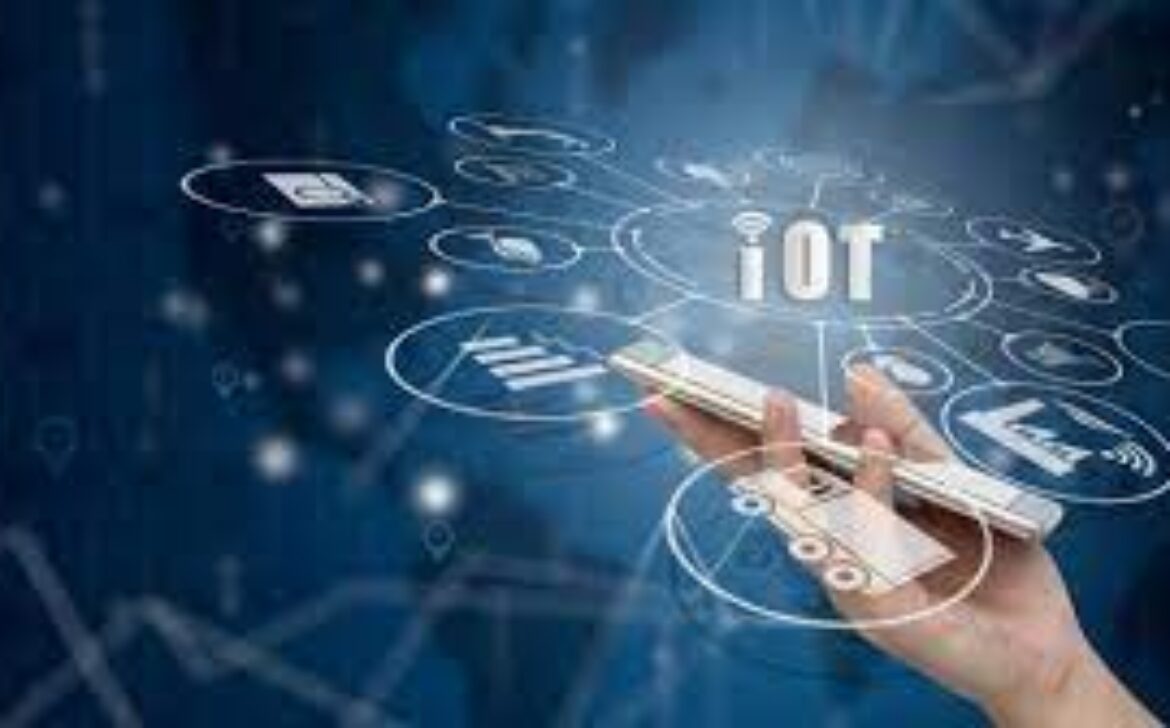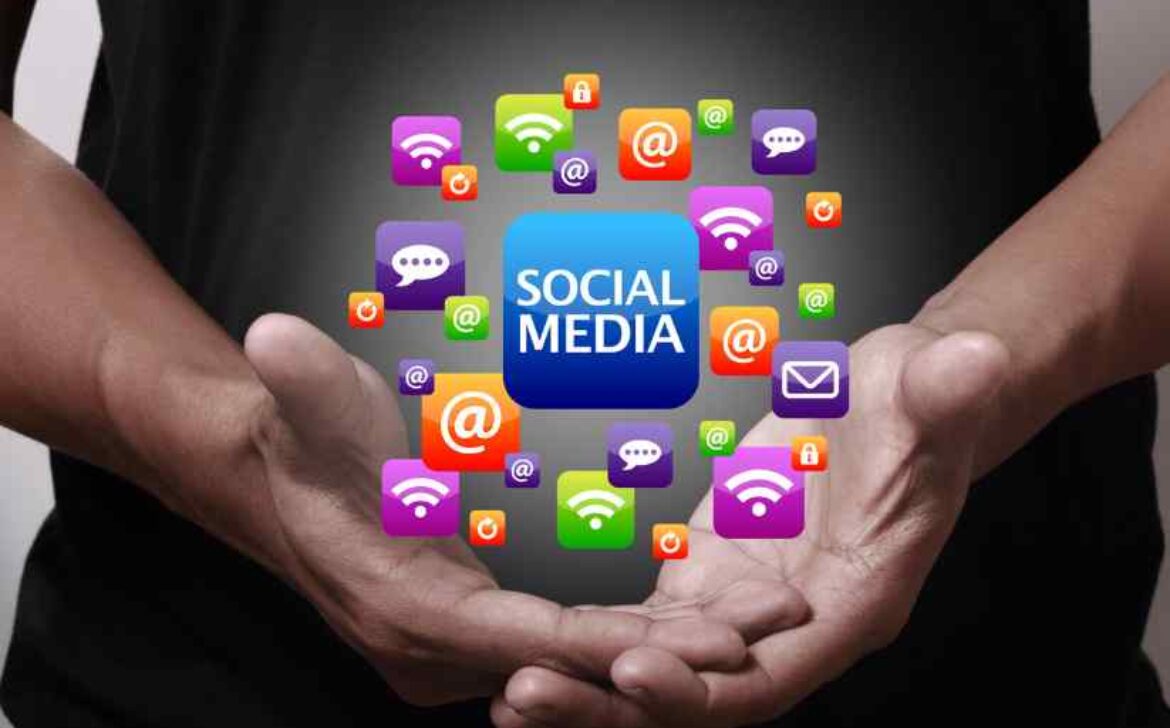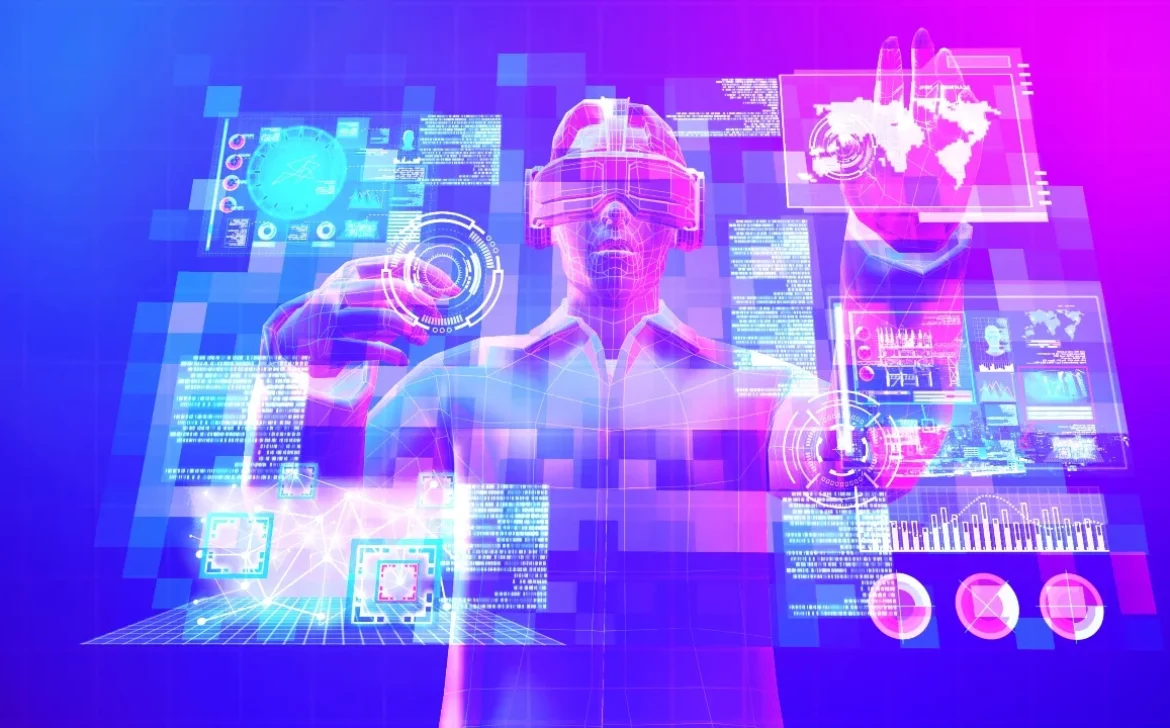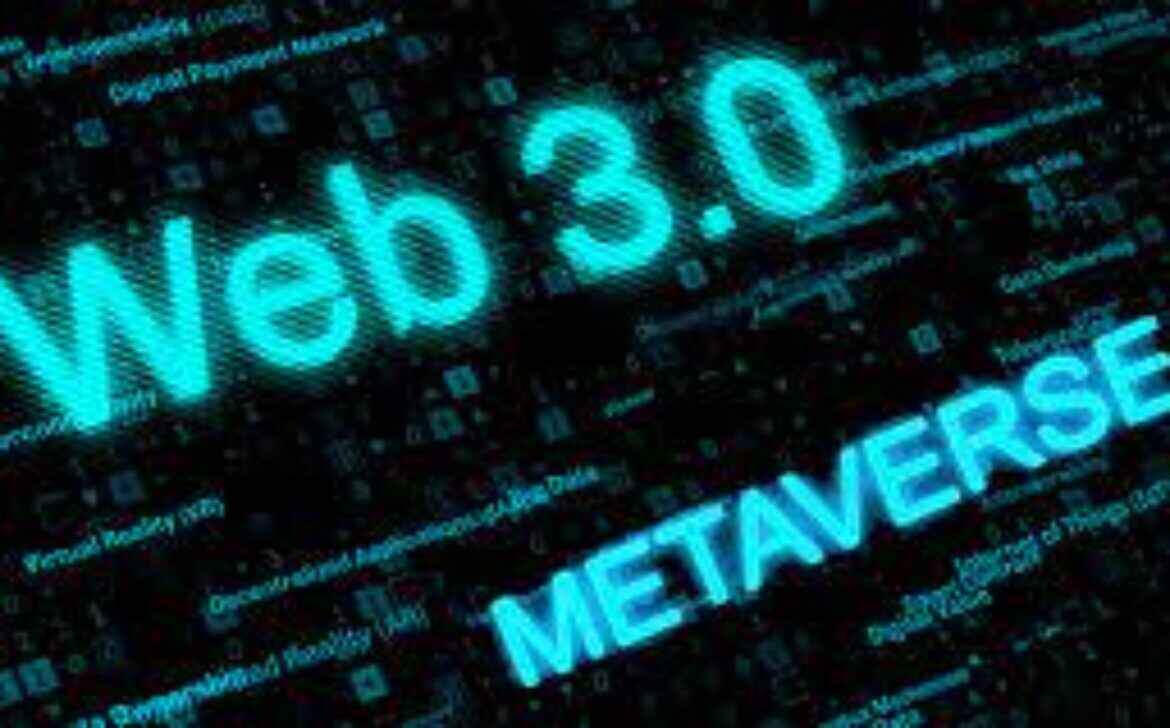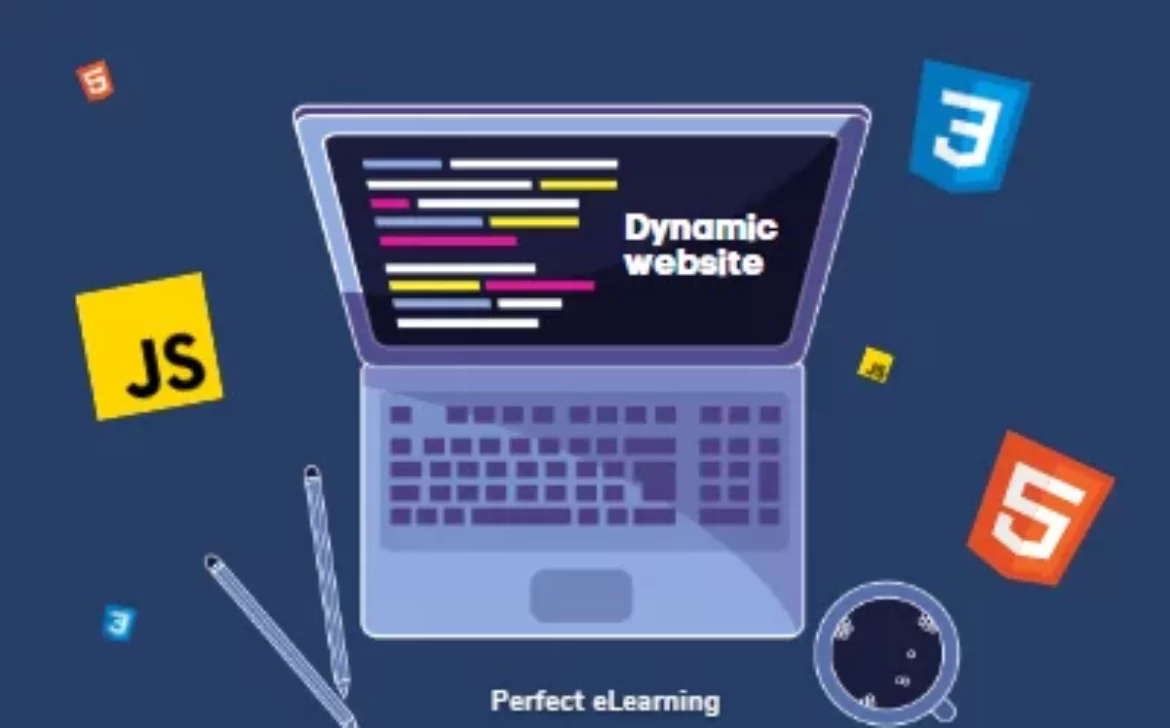The Impact of Quality Sleep on Your Health and Well-being
Introduction
Sleep is not merely a state of rest; it is a fundamental biological necessity that allows our bodies and minds to rejuvenate and repair. In this article, we delve into the multifaceted impact of quality sleep on various aspects of health and well-being.
Understanding Sleep and Its Stages
Sleep is composed of different stages, each with its unique functions. The two main categories are REM (Rapid Eye Movement) sleep and non-REM sleep. During REM sleep, our brains are highly active, and this is when most dreaming occurs. Non-REM sleep consists of three stages, each contributing to physical restoration and memory consolidation.
The Importance of Quality Sleep
Quality sleep is vital for maintaining a balanced and healthy life. It is during sleep that our bodies undergo crucial processes such as tissue repair, muscle growth, and hormone regulation. Without enough restorative sleep, these functions are compromised.
Physical Benefits of Quality Sleep
Enhances Immune System
Adequate sleep boosts the immune system’s efficiency, helping the body fend off illnesses ranging from the common cold to more severe infections.
Supports Physical Recovery
Sleep plays a pivotal role in post-exercise recovery. It’s during sleep that our bodies repair damaged tissues and muscles, aiding in the recovery process after intense physical activity.
Weight Management
Lack of sleep can disrupt hormones that regulate appetite, leading to increased cravings for unhealthy foods. Quality sleep helps maintain a healthy balance of these hormones, contributing to better weight management.
Cognitive Benefits of Quality Sleep
Improved Memory
Sleep is crucial for memory consolidation, a process where short-term memories are transformed into long-term memories. This consolidation enhances our ability to learn and retain information.
Enhanced Focus and Creativity
A well-rested mind is more focused, creative, and productive. Quality sleep improves cognitive functions like problem-solving, critical thinking, and innovation.
Mental Health
Sleep and mental health are interconnected. Sleep deprivation can exacerbate symptoms of anxiety and depression. On the other hand, sufficient sleep promotes emotional resilience and well-being.
Sleep is the foundation of all health and without it, the other building blocks can’t hold.
– Gary Foster
Impact of Sleep on Emotional Well-being
Regulation of Emotions
During sleep, the brain processes and regulates emotions, contributing to better emotional stability and control during waking hours.
Stress Management
Adequate sleep reduces stress hormones, helping you better cope with daily challenges and stressors.
Sleep and Its Role in Longevity
Studies have indicated that individuals who consistently get sufficient, quality sleep tend to live longer and enjoy a better quality of life.
Factors Affecting Sleep Quality
Sleep Environment
Creating a comfortable sleep environment free from noise and excessive light can significantly improve sleep quality.
Sleep Routine
Maintaining a consistent sleep schedule, even on weekends, helps regulate your body’s internal clock, making it easier to fall asleep and wake up naturally.
Digital Devices and Screen Time
The blue light emitted by digital devices can disrupt the production of melatonin, a hormone that regulates sleep. Limiting screen time before bed can enhance sleep quality.
Tips for Improving Sleep Quality
Create a Relaxing Bedtime Routine
Engage in calming activities before bed, such as reading or gentle stretching, to signal your body that it’s time to wind down.
Maintain a Consistent Sleep Schedule
Try to go to bed and wake up at the same times each day to establish a healthy sleep-wake cycle.
Create a Comfortable Sleep Environment
Invest in a comfortable mattress and pillows, and adjust the room temperature to your preference for an optimal sleep environment.
Common Sleep Disorders
Insomnia
Insomnia involves difficulty falling asleep or staying asleep. It can be caused by stress, anxiety, or poor sleep habits.
Sleep Apnea
Sleep apnea is characterized by brief interruptions in breathing during sleep, leading to fragmented sleep and daytime fatigue.
Restless Leg Syndrome
People with restless leg syndrome experience an irresistible urge to move their legs, often disrupting sleep.
The Link Between Sleep and Physical Health Conditions
Heart Health
Sleep deficiency has been linked to an increased risk of heart disease, high blood pressure, and stroke.
Diabetes
Poor sleep can affect insulin sensitivity, contributing to the development of type 2 diabetes.
Immune Function
Chronic sleep deprivation weakens the immune system, making the body more susceptible to infections.
Sleep’s Impact on Mental Health
Depression
Lack of sleep can worsen depressive symptoms and increase the risk of developing depression.
Anxiety Disorders
Anxiety disorders and sleep disturbances often go hand in hand, with each exacerbating the other.
Conclusion
In a world that glorifies productivity and busyness, it’s essential not to overlook the significance of quality sleep. From physical well-being to cognitive sharpness and emotional resilience, sleep has a profound impact on our overall health. Prioritizing and cultivating healthy sleep habits can lead to a more vibrant, fulfilling life.



